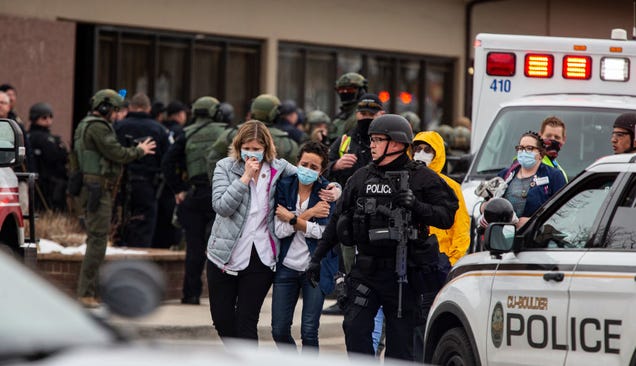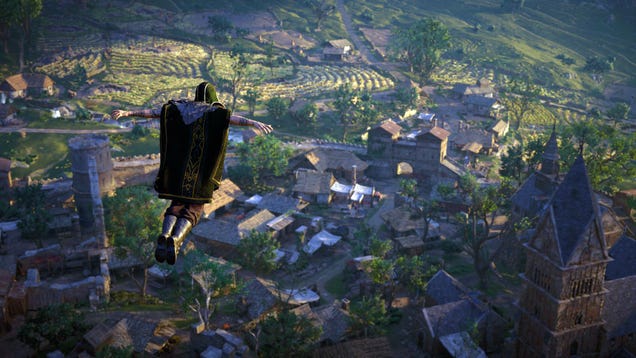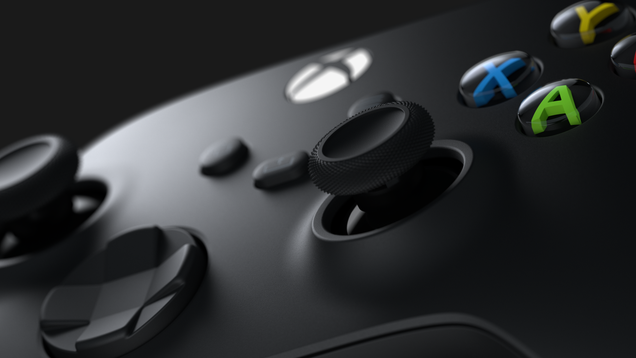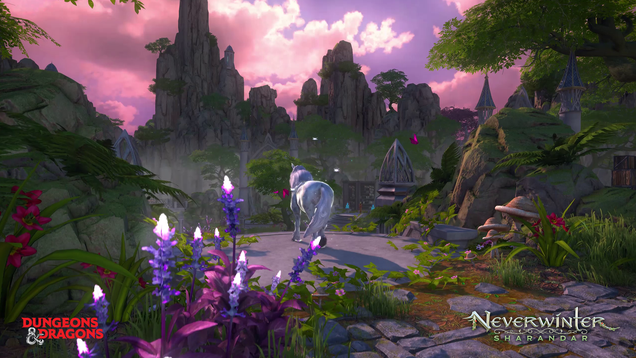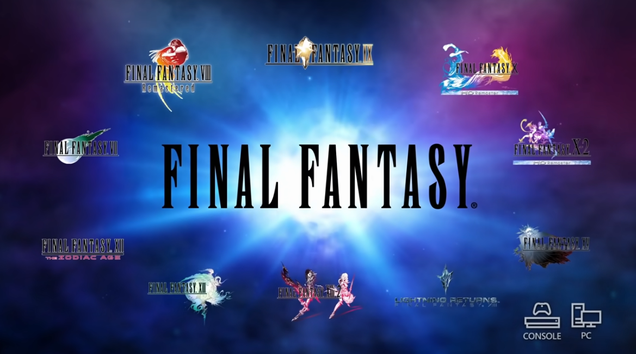Yesterday, a shooter opened fire at the King Soopers store in Boulder, Colorado and killed 10 people. Not long after the attack, a streamer, Dean Schiller, arrived on the scene and broadcast to an audience that topped out at nearly 30,000 concurrent viewers. The resulting video has been viewed over 650,000 times. Despite the visible presence of bodies, YouTube has decided against taking it down. Twitch, however, has said it will remove any such footage.
Schiller, who goes by the handle ZFG Videography on YouTube, rushed to the store yesterday after hearing gunfire. Almost immediately, he turned his camera on downed individuals and implored viewers and bystanders to call 911. He also attempted to enter the store after somebody told him the shooter had gone in, only to retreat after hearing more gunfire. He proceeded to talk to people in the parking lot and document the police’s arrival on the scene. Police repeatedly told him to leave, but he continued to film for over three hours.
Schiller, who identifies himself as a citizen journalist, has previously documented police activity on numerous occasions, even getting arrested and jailed for filming outside the Boulder County Jail in 2019 after releasing videos that depicted alleged police misconduct, according to The Verge. Yesterday, his stream provided regular people with updates during a time of tremendous uncertainty. Additionally, it served as an alternative to police statements, which are not always accurate and can sometimes be outright misleading.
However, Schiller also revealed police tactics (potentially of use to the shooter at a still-active scene), repeatedly filmed dead bodies, and speculated about the shooter’s motives. When these sorts of disasters are still unfolding, misinformation travels fast. Schiller’s live speculation likely did not help. Kotaku reached out to Schiller with questions about his methods and goals, but he did not reply.
“The Christchurch shooter livestreamed his own rampage. Livestreamers in Kenosha became first responders to the severely injured after Kyle Rittenhouse shot and killed protestors,” Protean Magazine associate editor Mel B. wrote on Twitter after hearing about Schiller’s livestream. “What does it mean to go live at these events? For what purpose? How will you protect those you film? How will you, as an observer of a traumatic/deadly event, ensure that the dead and dying are respected as you continue to stream? What sort of impact are you having on the collective trauma of your audience? An entire generation watched 9/11 live, and it fucked us up.”
“What does it mean to go live at these events? For what purpose? How will you protect those you film?”
To encourage better practices, she went on to link to a set of livestreaming guidelines she helped write in collaboration with the Industrial Workers of the World Freelance Journalists Union.
Yesterday, additional streamers on YouTube and Twitch re-streamed Schiller’s broadcast—some of them while the situation was still unfolding—expanding the stream’s reach even further. However, the platforms are split on what they intend to do with that footage. YouTube is keeping it up despite criticisms and its own past position on footage from the Christchurch shooter’s 2019 stream. It explained its rationale in a statement to The Verge.
“Following yesterday’s tragic shooting, bystander video of the incident was detected by our teams. While violent content intended to shock or disgust viewers is not allowed on YouTube, we do allow videos with enough news or documentary context,” a YouTube spokesperson told The Verge. “We applied an age restriction to the content and will continue to monitor the situation.”
Twitch has also struggled with mass shootings over the years, suing trolls who spammed the platform with Christchurch footage in 2019 but failing to prevent another shooting from being streamed directly to Twitch that same year. At this point, Twitch does not make exceptions for newsworthiness. In a statement to Kotaku, the company said it will take down footage if users report it.
“Our guidelines prohibit any content that shows extreme violence or gore, and we remove this type of footage when it is reported to us,” a Twitch spokesperson told Kotaku in an email.
However, as of this publishing, Kotaku was still able to locate a couple Twitch VODs containing footage from Schiller’s stream of the shooting.
The Boulder mass shooting was America’s seventh in seven days, in a year during which over 100 have taken place in total. Mass shootings in America are no longer unprecedented. Based on numbers alone, they are inevitable. And yet, despite the terrifying frequency with which mass shootings occur, platforms and streamers have yet to fully grasp the ramifications of their own actions amid these awful events. Livestreaming as a medium is inherently stuck in the present, but for streamers—and by extension, the platforms that benefit from their presence—reactivity isn’t enough anymore. It hasn’t been for a long time. Without preparation and consistent standards, this cycle, too, is doomed to repeat itself.
Source: kotaku


